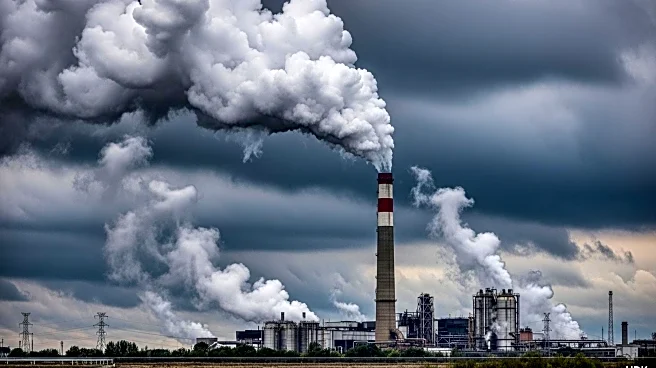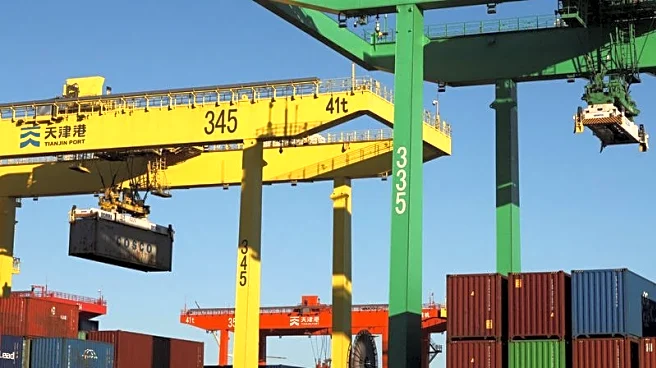What's Happening?
Grocery prices in the U.S. have increased by 0.6% from July to August, marking the fastest monthly rate change since October 2022. Factors contributing to this rise include inflation, tariffs, and supply-chain disruptions from COVID-19. Additionally, climate change has impacted food prices globally, with droughts affecting cattle production and coffee supply. The U.S. drought in 2022 led to reduced cattle production, while Brazil's drought conditions have increased coffee prices due to tariffs. The rising cost of groceries is causing stress among U.S. consumers, with more than half reporting it as a major source of concern.
Why It's Important?
The increase in grocery prices affects a wide range of U.S. households, particularly those with limited budgets. As food costs rise, consumers may face challenges in maintaining their standard of living and accessing essential goods. The economic impact of these price hikes could lead to increased financial strain and reduced consumer spending, potentially affecting broader economic stability. Understanding the factors driving these changes is crucial for policymakers and industry leaders to develop strategies to mitigate the impact on consumers and ensure food security.
What's Next?
Continued monitoring of grocery prices and the factors influencing them will be essential for anticipating future trends. Policymakers may need to consider interventions to address supply-chain disruptions and tariff impacts, while consumers may seek alternative strategies to manage rising costs, such as switching to private label brands. The potential for further price increases due to immigration policy changes and labor costs highlights the need for comprehensive approaches to address the underlying issues affecting food prices.
Beyond the Headlines
The intersection of climate change, economic policy, and food security raises important questions about the sustainability of current agricultural practices and trade policies. The reliance on imports and the vulnerability of supply chains to environmental and geopolitical factors underscore the need for resilient systems that can adapt to changing conditions. Long-term solutions may involve rethinking agricultural strategies, enhancing domestic production capabilities, and fostering international cooperation to ensure stable food supplies.











